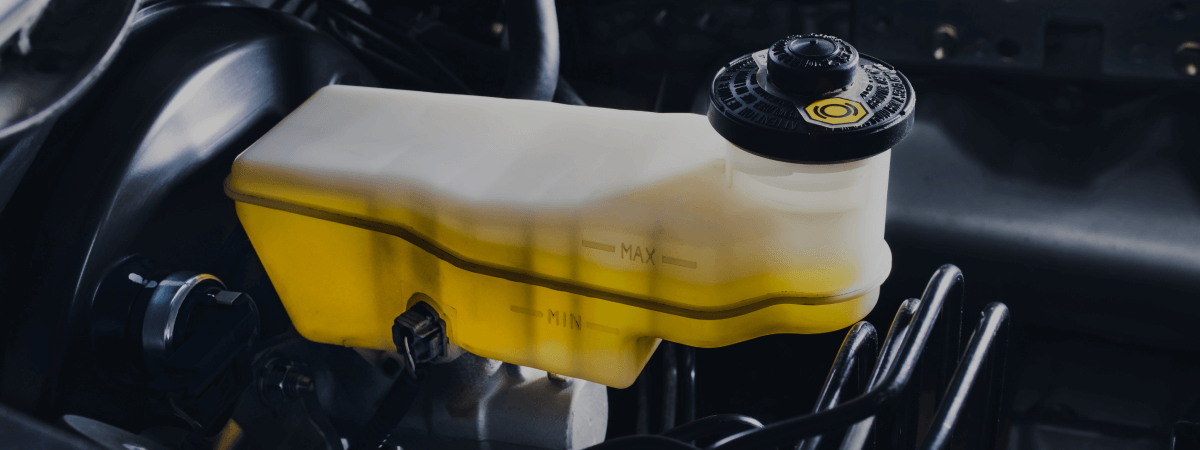Headlights are obviously a vital part of your vehicle’s function, making it possible to clearly see when
driving at night. So it’s important that they are functioning properly and are correctly adjusted. It is
important to check the level and aim of your headlights periodically. If the aim is even a little off, a
small difference will make a bigger difference 25 feet out ahead of your vehicle.
Before you check your headlights, make sure that your tires are inflated to appropriate levels, you are
parked on level ground, and that there is not extra weight in the trunk or back of the car. Improperly
inflated tires and additional weight can cause the car to tilt which will make it seem like the headlights
may be adjusted wrong even if they are correct. Measure the distance from a fixed point on each
headlight to the ground; if the measurements are more than 1/2” different, you may need to check
your suspension instead of your headlights.
Some vehicles have a built-in bubble level to easily check the level of the headlights. A bubble level
check can be seen on the outside of the headlight assembly underneath the hood.
If your vehicle does not have a bubble level, you can check and adjust your headlights manually. At
night, drive to a level spot of ground and park 25 feet from a vertical wall with your vehicle pointed
straight at it. Turn on the headlights and make sure that the lights are even. If not, it is time to adjust
them. Most of the time, the correction is a vertical correction, but every now and again a headlight
could have skewed a little to the right or left.
Prop up your hood and look for the headlight adjusters, which should be on the back of most headlamp
assemblies, though some vertical adjusters are located on the bottom of the housing.
Once you find the adjuster, cover the other headlight so you can watch how the light moves on the
wall when you adjust it. Follow the manufacturer’s specifications for your vehicle (listed in your
owner’s manual) to adjust the lights to the right height using a measuring tape or ruler as needed.
Keep in mind that when using the measurements of the manufacturer’s recommendations, they may
ask you to park 10, 15, or even 33 feet from the wall to take measurements. So be sure you follow that
precisely for your vehicle.
Once you get your headlights adjusted correctly, you should be able to drive at night with ideal
visibility and without offending other drivers.
Related Posts
Key Takeaways On average, passenger vehicle tires last 40,000 to 60,000 miles, depending on type, driving habits, and maintenance. Replace tires when tread depth reaches 2/32”, if damaged, or older than 10 years. Regular rotation, alignment, and proper inflation extend tire life. Aggressive driving, poor roads, and harsh weather shorten tire lifespan. Take advantage [...]
When you think about car maintenance, you probably focus on oil changes, tire rotations, and maybe even brake pad replacement. But what about your brake fluid? If you’ve ever wondered, “What does brake fluid do?” or “Why is brake fluid important?”, you’re not alone. Brake fluid might not be the most talked-about part of [...]
Is that high-pitched squeal from your brakes driving you—and everyone else—crazy? Don’t ignore it. Squeaky brakes aren’t just annoying, they’re your car’s way of saying something needs attention. Whether you're cruising through Salt Lake City or winding up Idaho’s mountain passes, here’s what’s likely going on, how you can fix it, and when it [...]





